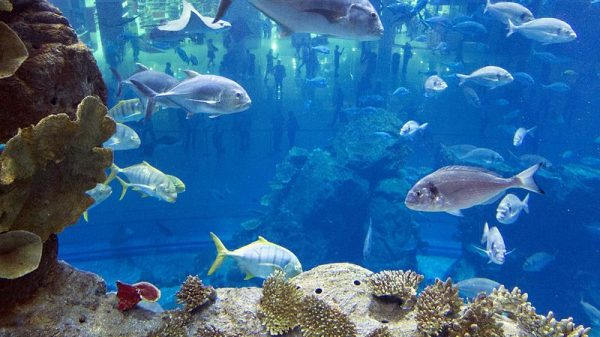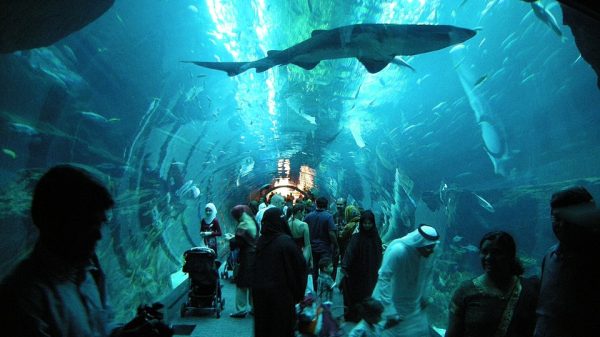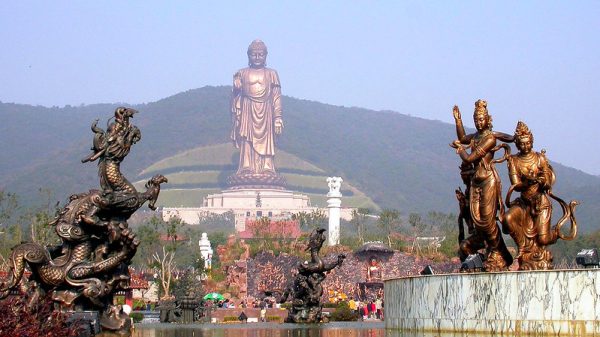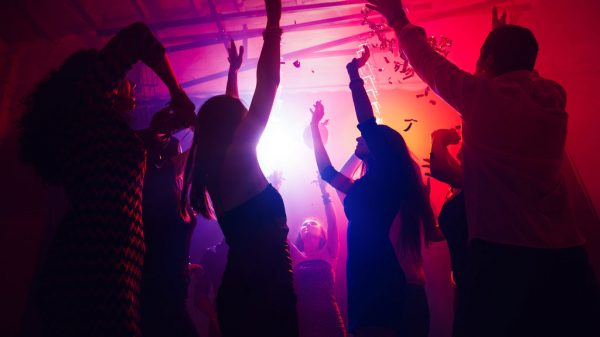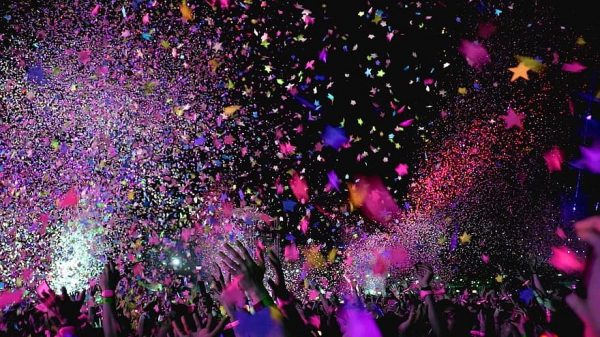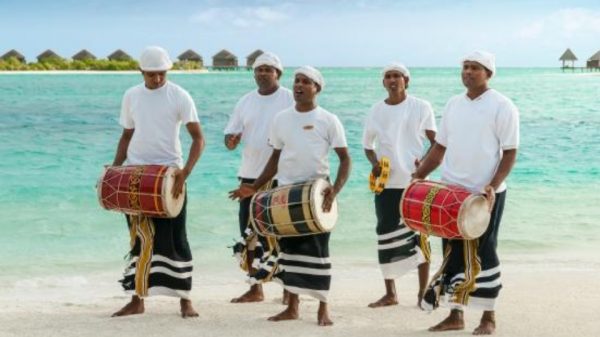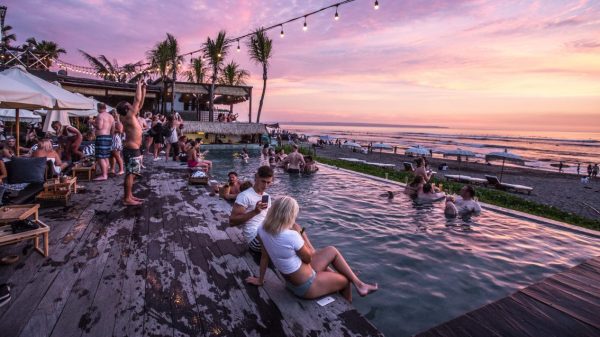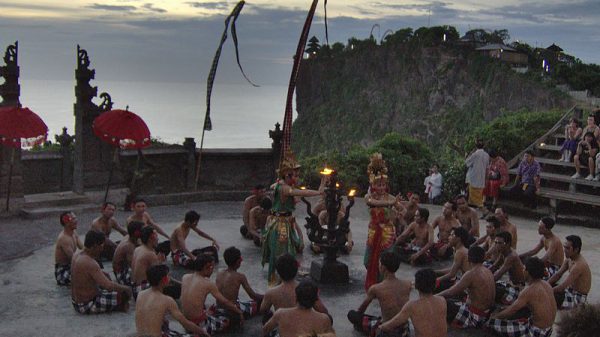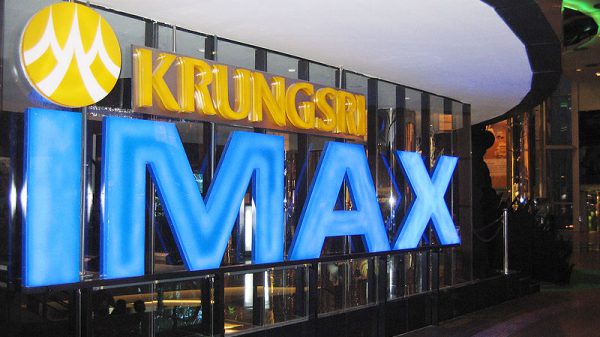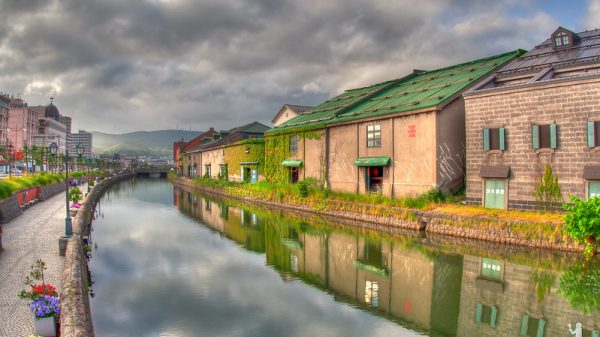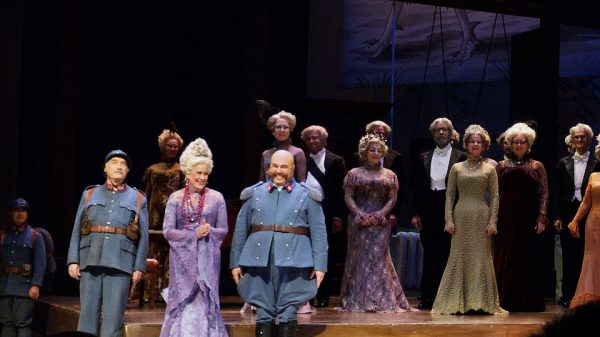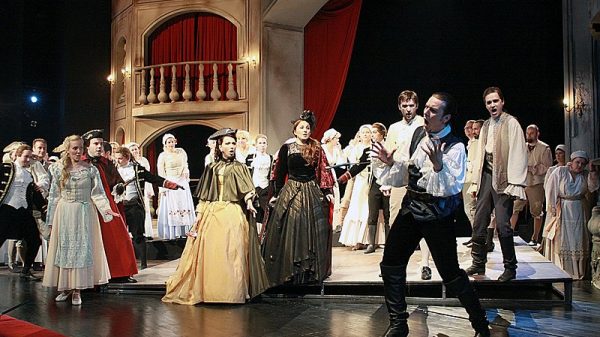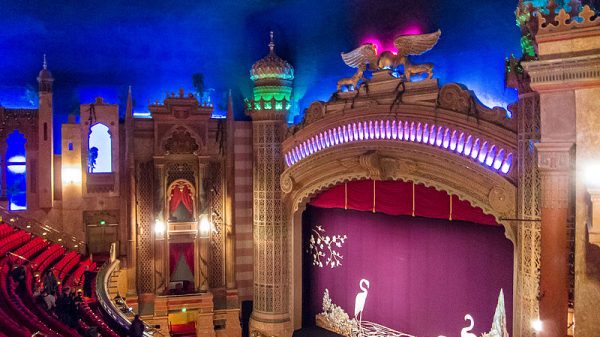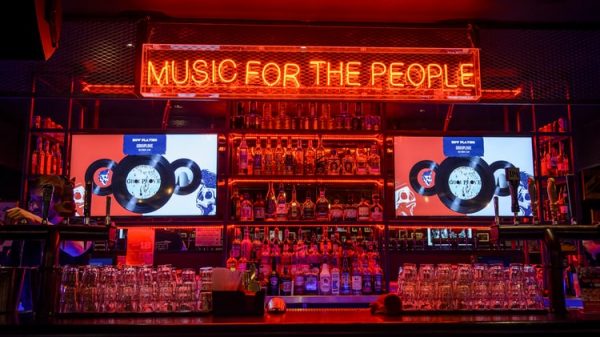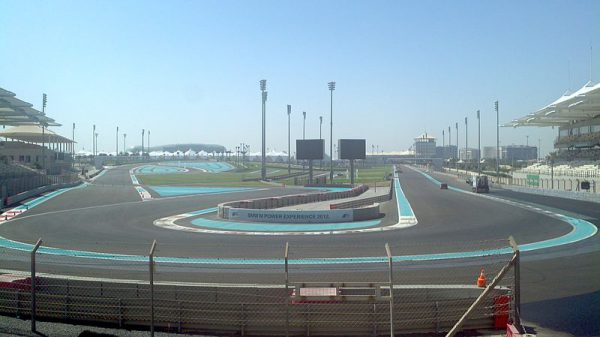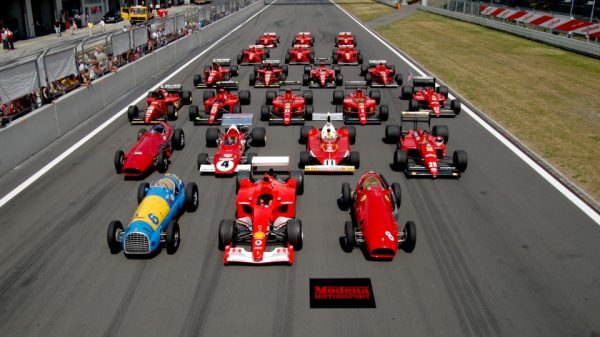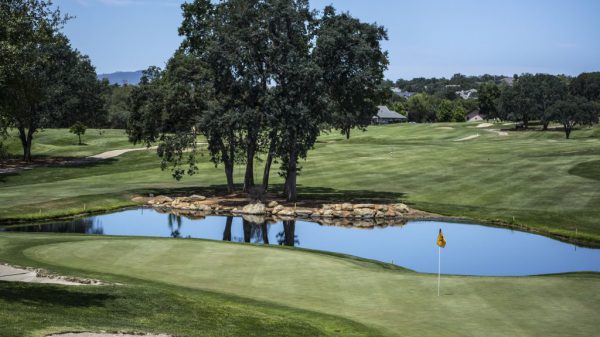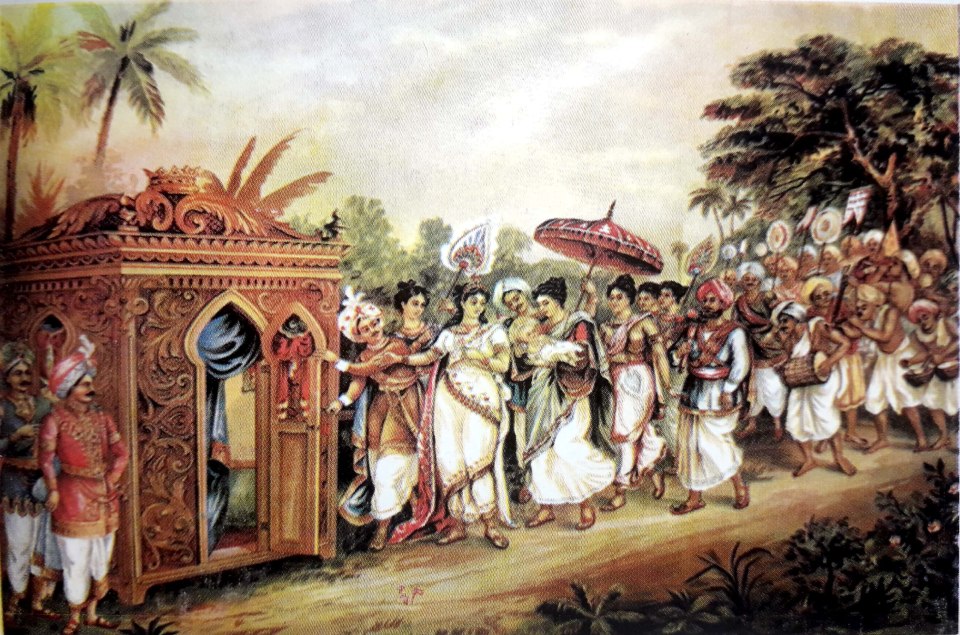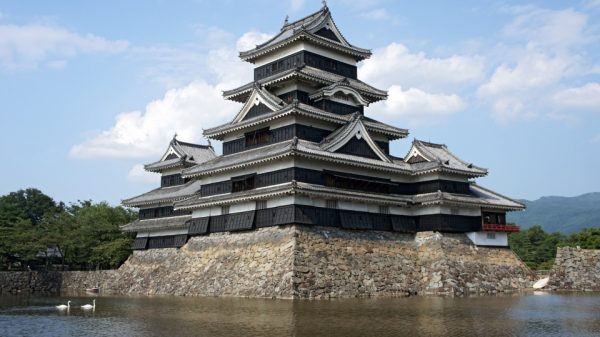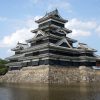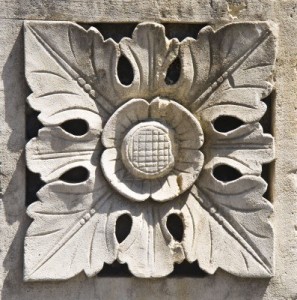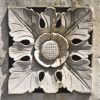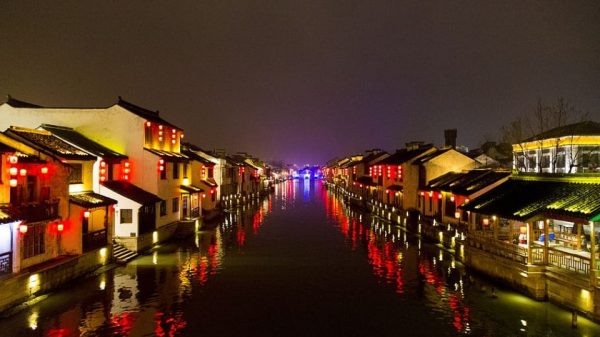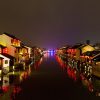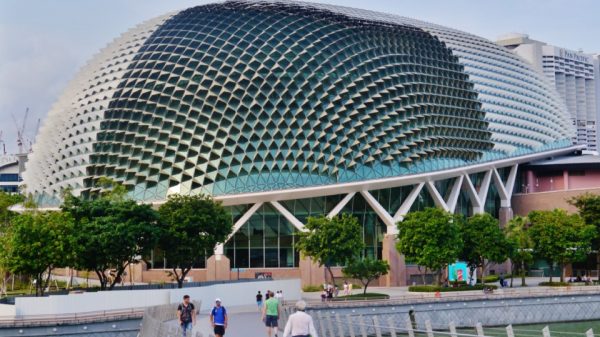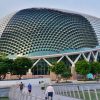A country rich with history and tradition of its own but also shaped by influences from both East and West, mainly due to its geographic location, is Sri Lanka. Arts and culture seen today are products of these combined elements. Many talented painters and sculptors have gone on to create fantastic works of art but they have yet to put Sri Lanka on the world stage. Despite traditional art always having had a place in history, for example, religious sculptures and paintings, the country has only developed an appreciation for contemporary art in the past twenty years. This growing popularity has resulted in the Sri Lankan Art Gallery, which is a platform for budding modern artists to showcase their work and make a name for themselves.
Throughout the twentieth century Expressionism grew in popularity all across Europe after getting its start in Germany. It expanded on the basic concept of art, which was simply recreating one’s surroundings on canvas or as a sculpture; to include pieces that portrayed emotions, thoughts, feelings and themes. The movement quickly caught on among Sri Lankan artists in the 1930s and 1940s. A host of modern painters from Sri Lanka went to study in Europe when Expressionism was gaining traction and they then brought the style back to their home country.
Ivan Peris, Justin Peris Deraniyagala and George Claessen were among the names that applied modern techniques and moved away from traditional local forms. They also covered other modern art forms: Impressionism, Cubism and Surrealism. Today, modern art is still striving to find mainstream footing in Sri Lanka. It is supported by a small portion of the general public, universities and galleries. The University of Kelaniya was the first to introduce art at a degree level; other institutions followed suit only in later years.
Shehera Fioni is a travel writer who writes under the pen name Catalina Forbes. Her content is based on many thrilling escapades offered to travellers across the world.








